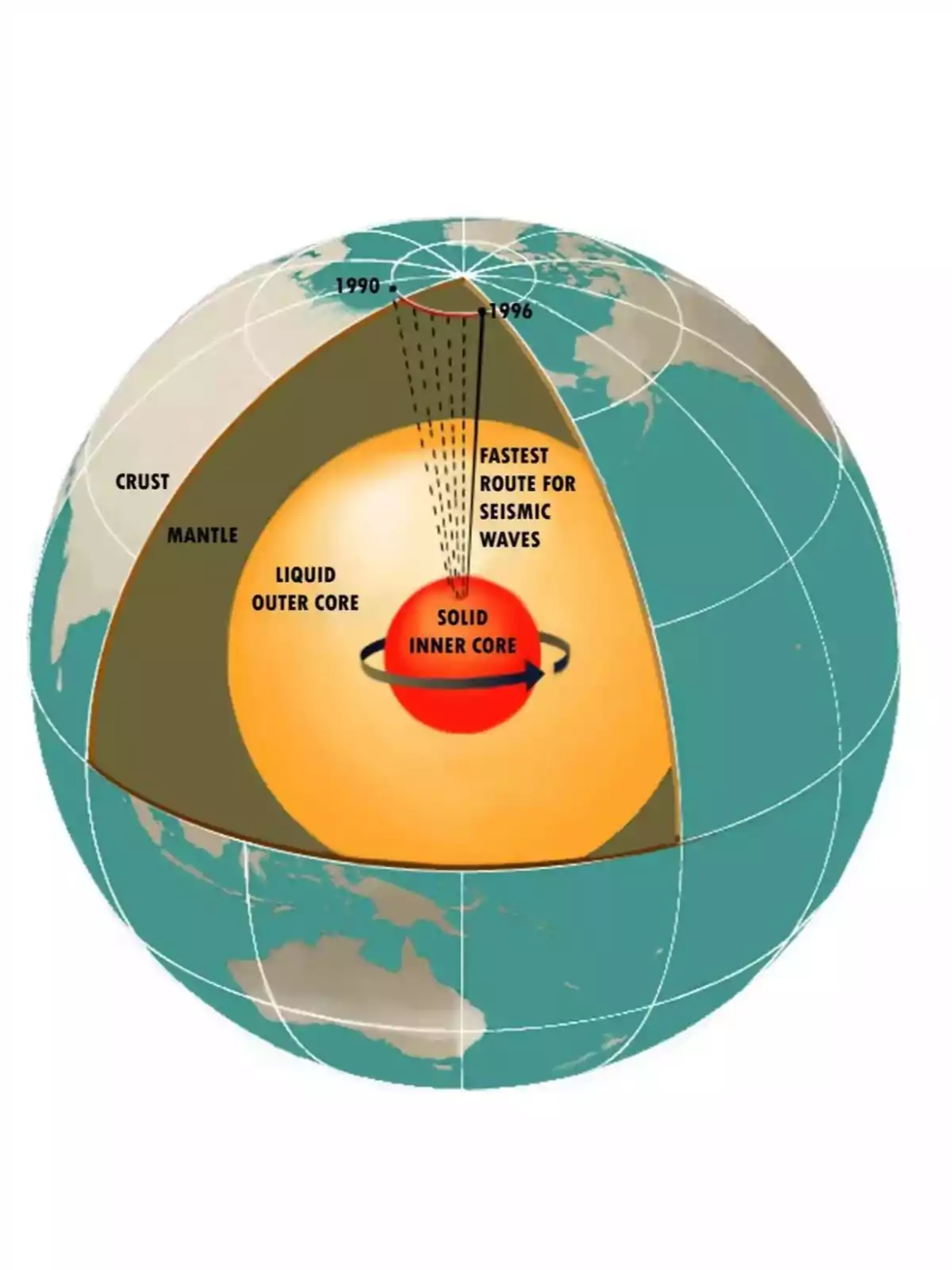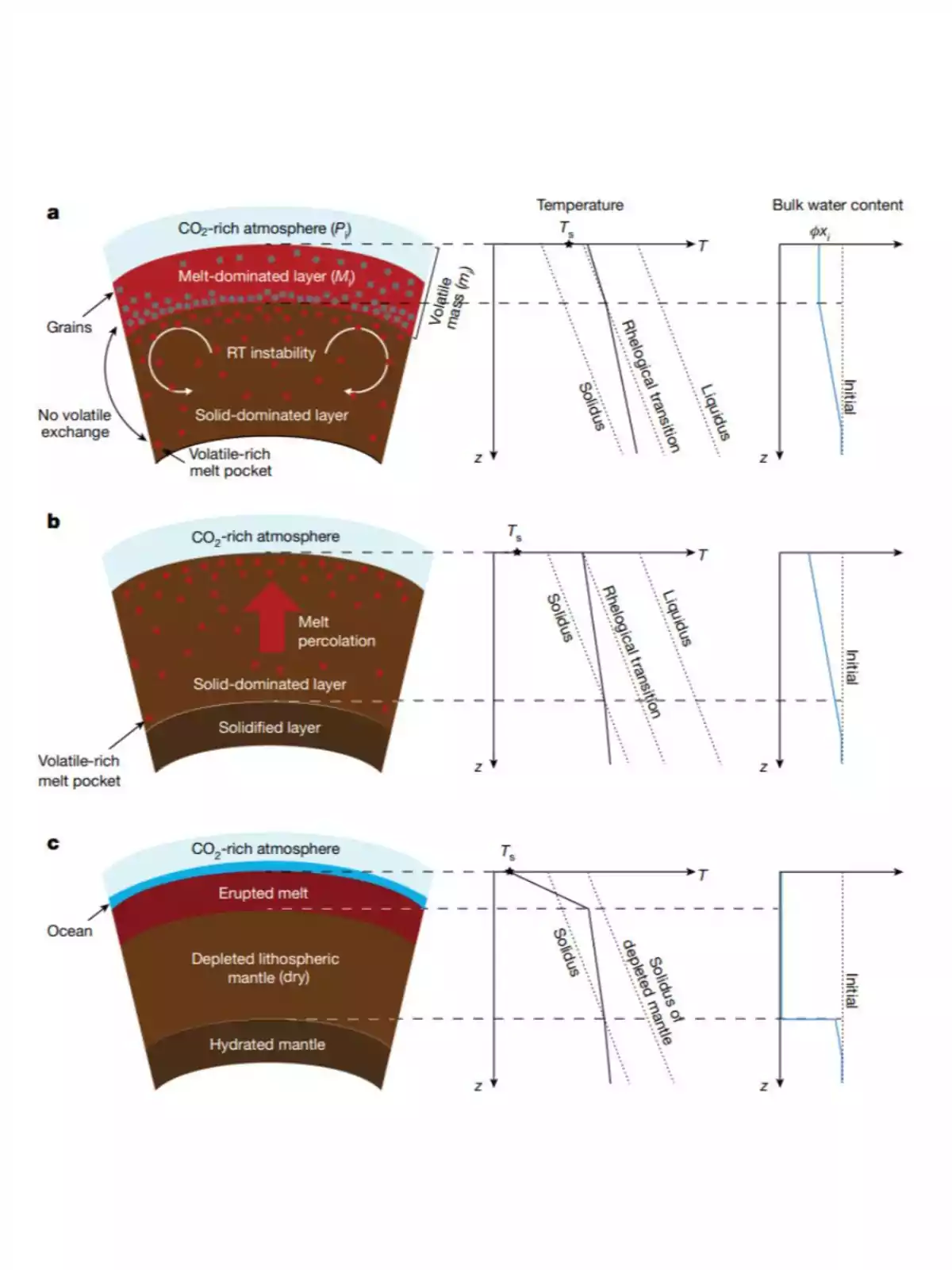A new discovery has left geoscience experts puzzled, as Earth's interior presents an unexpected deficiency. Scientists have identified a gap that isn't a physical fissure, but something even more surprising and deep. It's a chemical anomaly that could change what we know about the formation and evolution of our planet.
The so-called "nitrogen gap" has been detected in Earth's mantle, the layer located between the core and the crust. This gap refers to an alarming shortage of nitrogen, an element essential for life, when compared to what current models predict. The discovery was made possible thanks to high-precision simulations conducted by scientists at Ehime University in Japan.

The mystery of the lost nitrogen on Earth
For years, geochemists have tried to balance the nitrogen budget on the planet without success. Although primitive meteorites were rich in nitrogen, today there are barely any traces left in Earth's crust and mantle. That difference, which amounts to billions of tons, represents an absence that's difficult to explain.
Some previous theories suggested that this loss was due to cosmic impacts or that Earth formed with nitrogen-poor materials. However, these ideas don't fully explain all the data, especially the relationship between carbon and argon, which are found in the atmosphere and inside Earth. The new study offers another answer: nitrogen is hidden in the planet's core.
Where is it located?
To verify this, researchers simulated what Earth was like in its early days, when it was covered by a "magma ocean." In that extreme environment of heat and pressure, nitrogen showed a clear preference for bonding with molten iron. Instead of remaining in the mantle, it would have sunk toward the core, leaving little trace in the rest of the planet.
Calculations confirm that this process matches the current amounts of nitrogen observed in the mantle. At extreme depths, nitrogen is one hundred times more likely to bond with metal than with rock. This affinity would have caused much of the nitrogen to escape toward the planet's center in the earliest stages of its history.

Why did nitrogen disappear and what impact does it have on our planet?
This finding also helps solve old laboratory dilemmas and better understand Earth's chemical evolution. According to the authors, only a deep magma ocean could have caused such an effective "sequestration" of nitrogen. Without this phenomenon, the current atmosphere would have a very different composition, which would affect the climate, pressure, and conditions for life.
The model also explains why nitrogen, carbon, and argon behave differently. While nitrogen sinks with the metal, argon remains in the rock, and carbon occupies a middle ground. This chemical hierarchy would be key to understanding why Earth's atmosphere is the way it is today.

The missing piece to understand planetary evolution
However, the discovery isn't limited to our planet. If a planet loses too much nitrogen to its core, it might not develop a stable atmosphere or suitable conditions for life. That's why this "gap" could help us identify which planets could be habitable outside the Solar System.
In summary, what seemed like a simple anomaly has become a crucial clue to understanding how our planet works on the inside. Thanks to this study, we know that nitrogen, essential for life, is much more hidden than we thought. Its hiding place isn't in the atmosphere, nor in the rocks, but in the deepest part of Earth's core.

